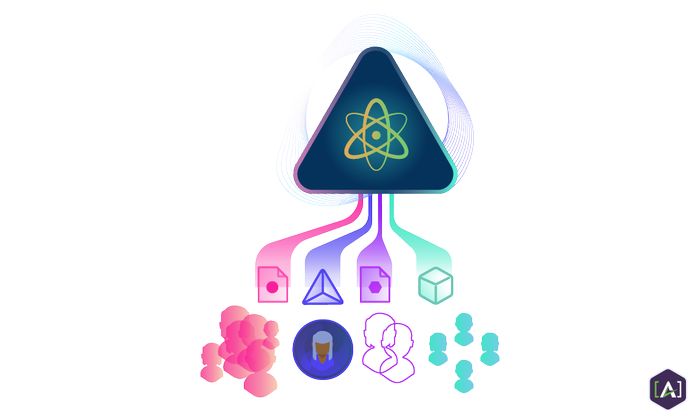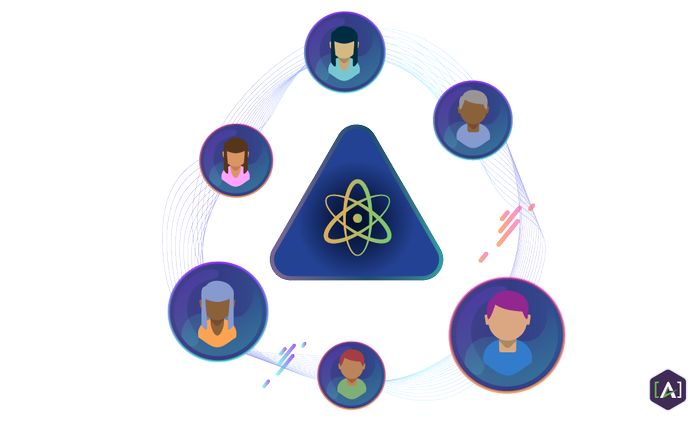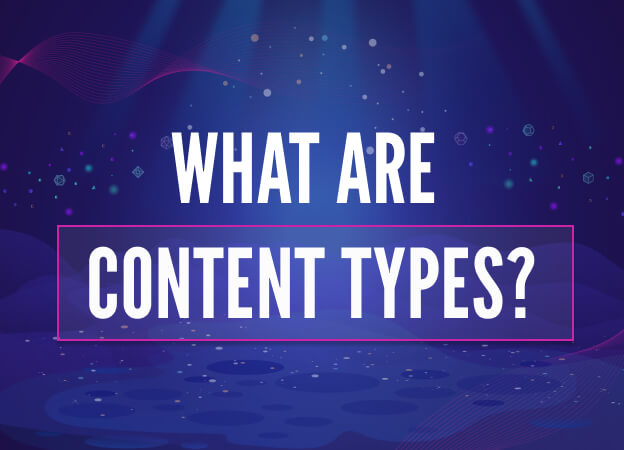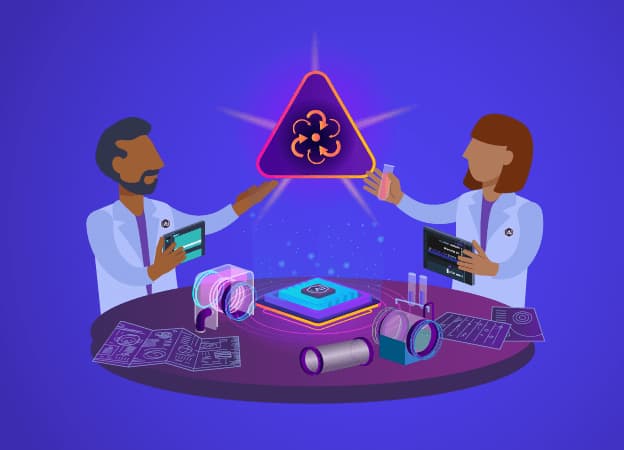Great content engineers (CE) are multiplex thinkers, capable of pattern recognition among multiple strata, and multiple dimensions. Aptitude is as important as experience.
Building a content engineering practice can begin with existing staff. Simply start by examining talented individuals within the organization.
Ideal content engineers naturally connect to content strategy at a visionary level and can map that strategy to all enabling technologies. Those who are best suited for this role have the most cross-functional familiarity.

Content engineers are insightful, and are comfortable with communicating between disciplines. They are also able to use their cross-functional abilities to see relationships and build information structures that others might find daunting.
To find the "natural-born" Content Engineers, look for individuals with some background in web development who have the following characteristics:
- They might not be deep coders, but they understand and can work with CSS, JavaScript, HTML, and responsive frameworks such as Bootstrap.
- They might not be deep content strategists, but they have a decent understanding of the content strategy role and functions.
- They might not be expert user experience (UX) designers, but they understand information architecture, user heuristics, prototyping tools and approaches.
- They might not be deep search engine optimization (SEO) specialists, but they understand how content, schemas, metadata, PageRank and content relationships influence content placement, structure and ranking within search engine results pages (SERPs).
- They might not be software engineers, but they understand the web and software development lifecycle (SDLC), the software and hardware stack that delivers web applications, and core application architecture concepts.
- They might not be native iOS or Android mobile application developers, but they understand how apps consume content APIs and send user generated content back to the Customer Experience Management (CEM) platform.
- They might not be database administrators (DBA), but they understand the basics of data modeling, database design, entity relationships, and the value of data structure and normalization.
- They might not be expert digital marketers, but they understand sales funnels, marketing automation, A/B testing, conversion optimization, and the importance of capturing and guiding user attention.
- They might not be project managers, but they understand project rhythms, structures, collaboration approaches, and they work well as facilitators and communicators.
Of course, the content engineer must also be trained on content modeling, metadata structures, markup, schema, and taxonomy. These elements form the foundation of how content relationships are defined and communicated.

Once you have located staff with the talents and experience described above, you will have a good foundation for staffing your content engineering practice.



